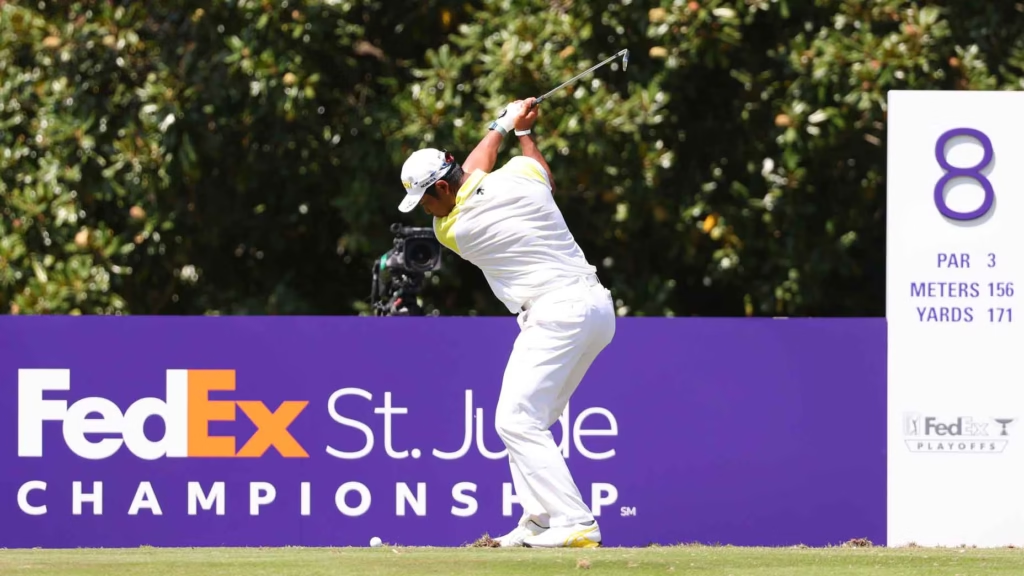If you’ve ever watched PGA Tour golf, you know the names Cameron Young and Hideki Matsuyama. What do these two players have in common (besides being Tour winners)? They both utilize a distinct “pause” at the top of their backswings.
Young and Matsuyama are very different golfers, but the pause at the top of the swing is something that links them. And although their reasons for the pause may differ, it doesn’t mean you can’t learn from both of them.
In the text below, GOLF Top 100 Teacher Tim Cooke explains how he uses a “pause drill” to help his students with their swings. Try it yourself and you could be well on your way to hitting the ball like Young and Matsuyama.
How to execute the pause drill
With Cameron Young breaking through in August for his first PGA Tour win — and Hideki Matsuyama known for his signature pause at the top of the swing — you might be wondering: could adding a pause to your own swing help? If you struggle to control the club’s position at the top or find your downswing sequencing inconsistent, the pause drill might be exactly what you need.
I regularly use this drill with both professionals and recreational players. It’s a simple but powerful way to feel a new club or wrist orientation at the top of the swing. Slowing down the backswing and adding a deliberate pause helps position the club — and your body — more optimally. This often leads to better face alignment at impact.
Sure, a faster backswing can help generate more clubhead speed, but if that speed throws off your positioning or timing, you’ll likely miss the center of the face. Any speed gains are lost when the ball flies off-line — or worse, out of play.
The key to the pause drill is syncing your chest and club to stop at the same time, using a smooth, even-paced backswing. There should be no bounce or recoil — imagine the clubhead is so steady a bird could land on it. As you begin the downswing, don’t snatch with your arms. Let them follow your body’s natural shift toward the target.
In a recent session with Ben Kruper — aka “The Pause King” — I asked what the pause does for his game. He said:
“The pause helps me gather at the top so I can make a coordinated transition. My tendency used to be for my hips to spin toward the target before my hands reached the top. That left me stuck on the downswing, and my misses could go left or right. Once I added the pause, it became much easier to consistently get the sweet spot flush on the ball.”
Want to see the pause in action? Check out a recent post from Ben’s latest session with me below.
Discover more from 6up.net
Subscribe to get the latest posts sent to your email.


